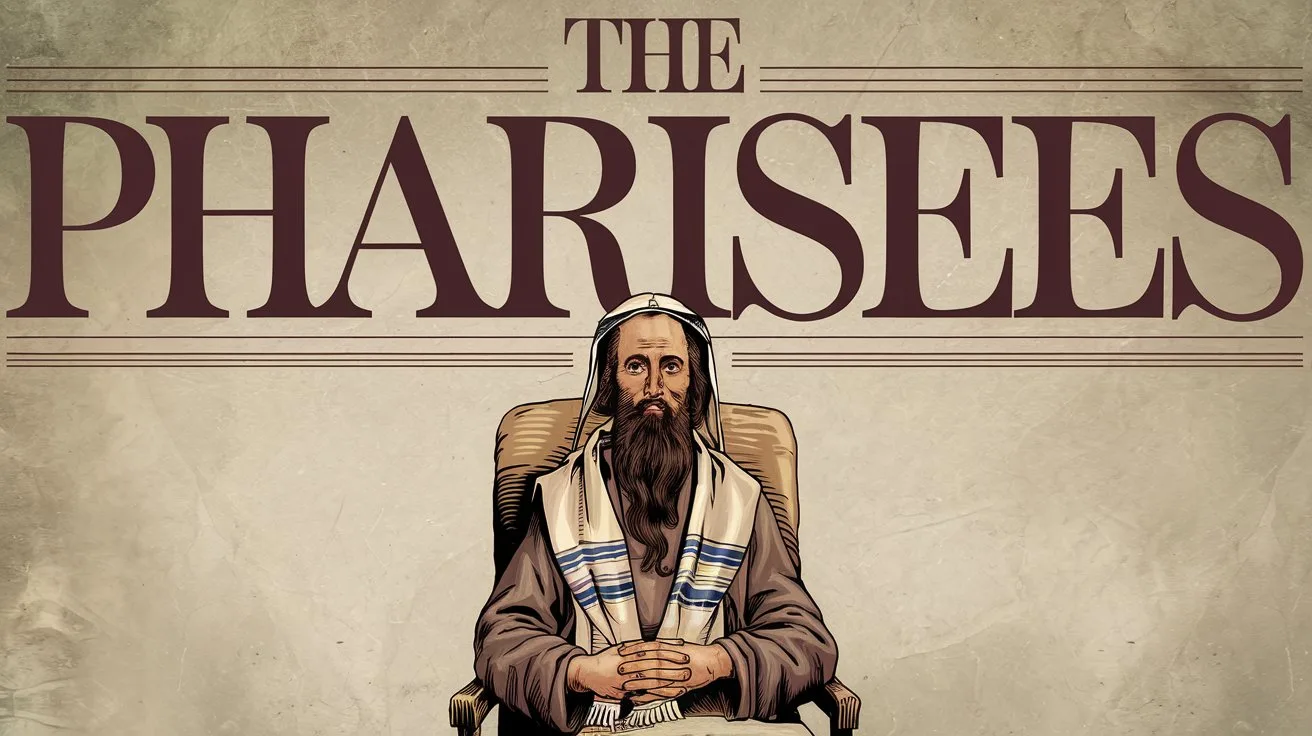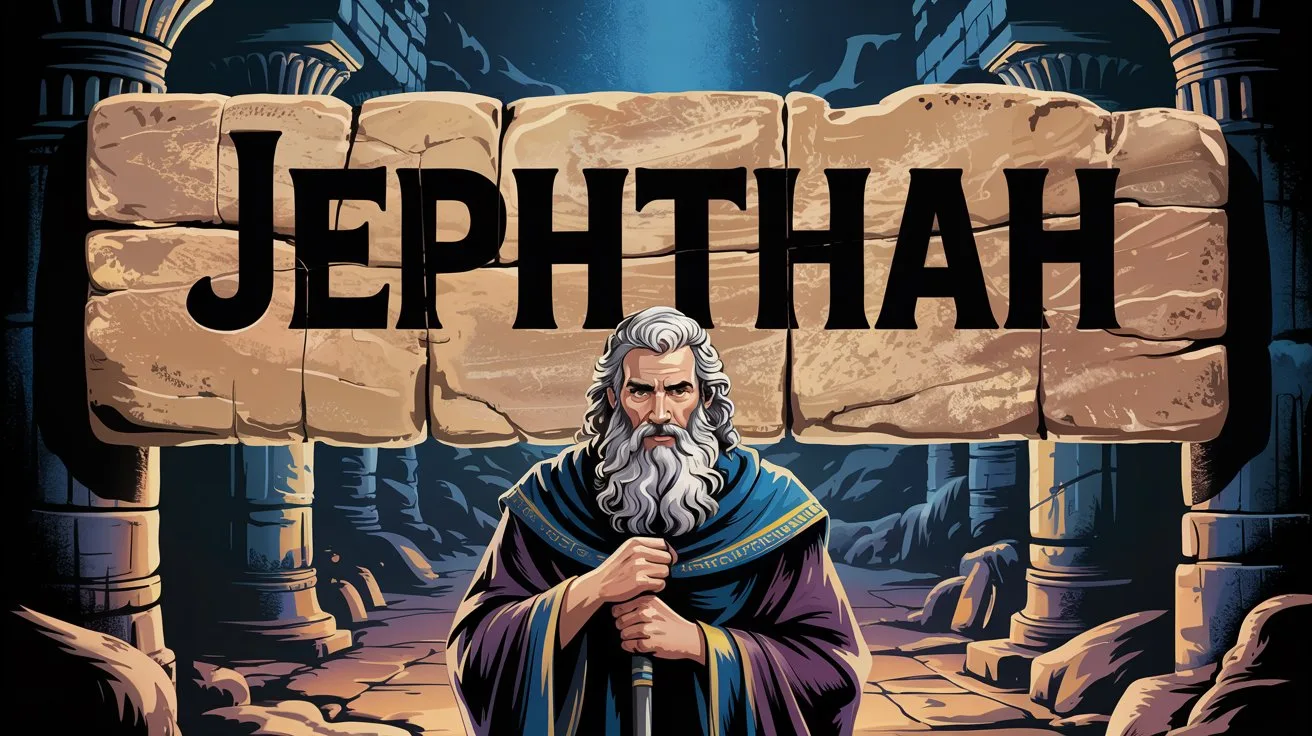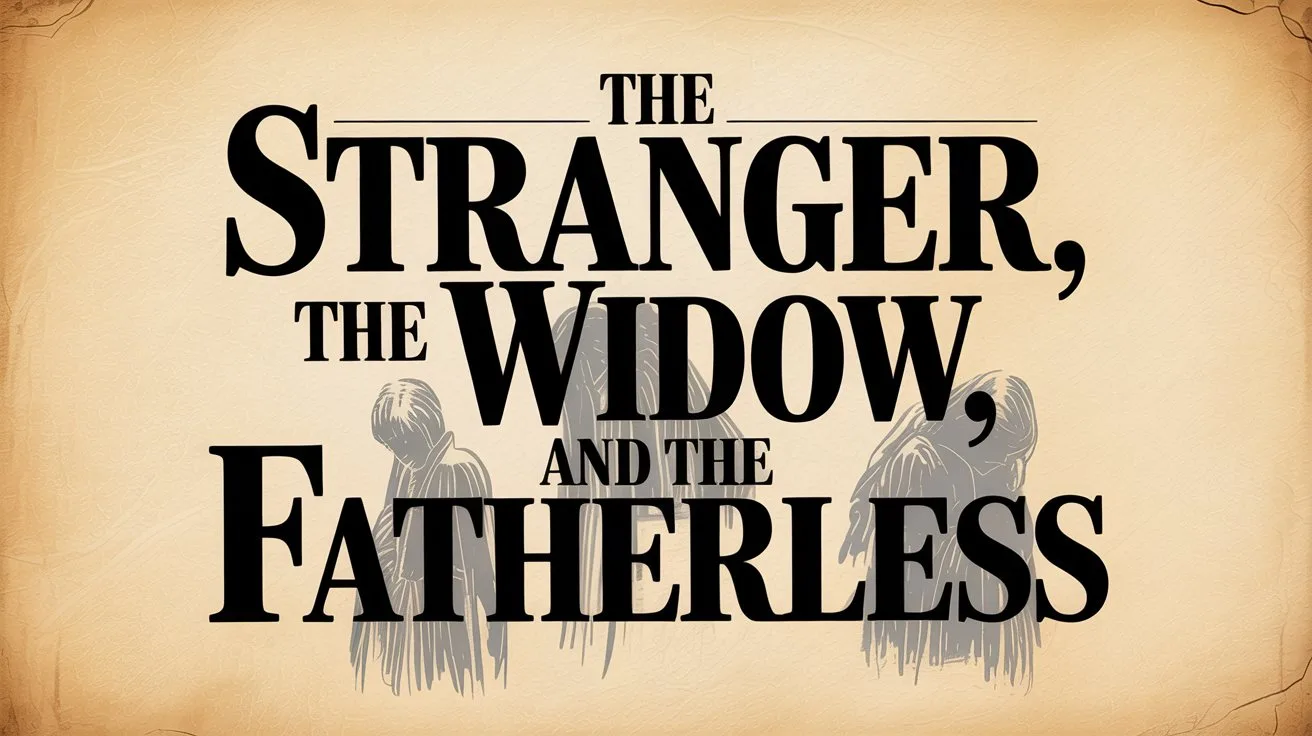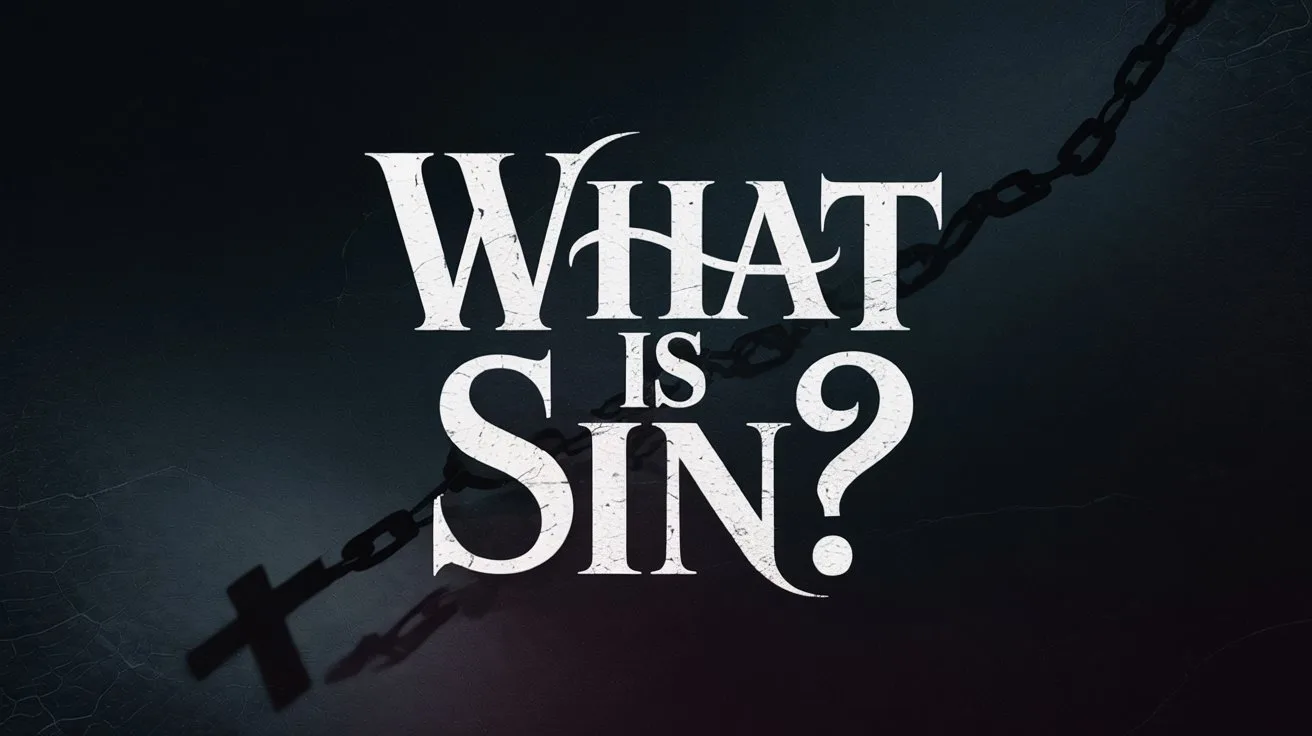The Day of Atonement, known in Hebrew as Yom Kippur, is the most solemn and sacred day in Israel’s calendar. It is described in detail in Leviticus 16 and Leviticus 23:26–32. Observed on the tenth day of the seventh month (Tishri), it was the one day each year when the high priest would enter the Holy of Holies to make atonement for the sins of the nation.
“For on that day the priest shall make atonement for you, to cleanse you, that you may be clean from all your sins before the Lord.”
(Leviticus 16:30)
Key elements of the Day of Atonement include:
The high priest entering the Holy of Holies: Only on this day could the high priest enter behind the veil to sprinkle blood on the mercy seat (Leviticus 16:14–15).
Two goats: One was slain as a sin offering; the other, called the scapegoat, was released into the wilderness after the high priest laid the sins of the people upon it (Leviticus 16:21–22).
Affliction of the soul: The people were commanded to fast and mourn their sins, showing humility and repentance (Leviticus 23:27).
The Day of Atonement was a picture of substitutionary sacrifice. Sin demanded death, but God accepted the blood of an innocent substitute as a covering.
In the New Testament, this day finds its fulfillment in Jesus Christ. Hebrews 9 explains that Christ entered the heavenly sanctuary, not with the blood of animals, but with His own blood:
“Not with the blood of goats and calves, but with His own blood He entered the Most Holy Place once for all, having obtained eternal redemption.”
(Hebrews 9:12)
Jesus is both the high priest and the final offering. The annual sacrifices pointed forward to His once-for-all atonement on the cross.
While believers are not commanded to observe Yom Kippur under the New Covenant, the spiritual truth remains: our sin requires atonement, and that atonement has been perfectly accomplished through Christ. The Day of Atonement reminds us of the seriousness of sin, the need for repentance, and the sufficiency of Jesus’ sacrifice.







